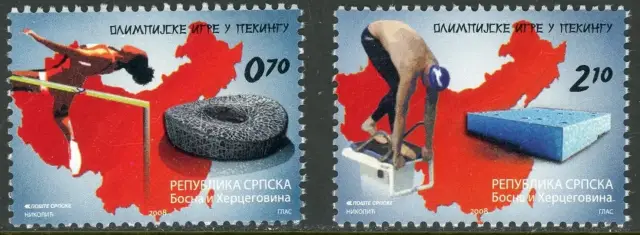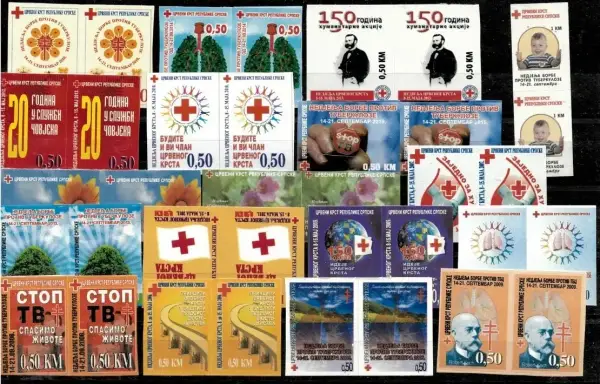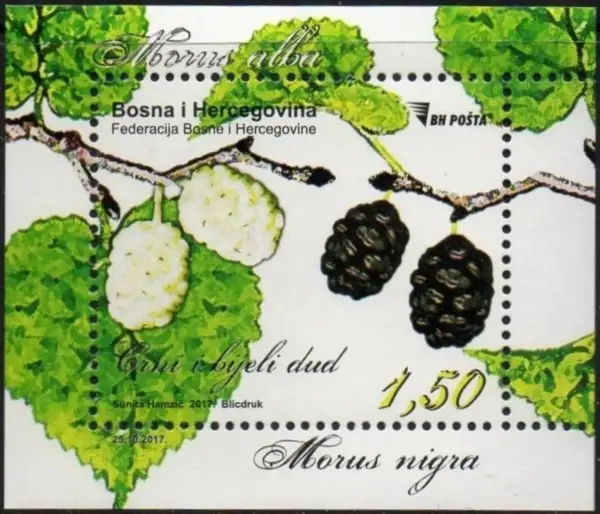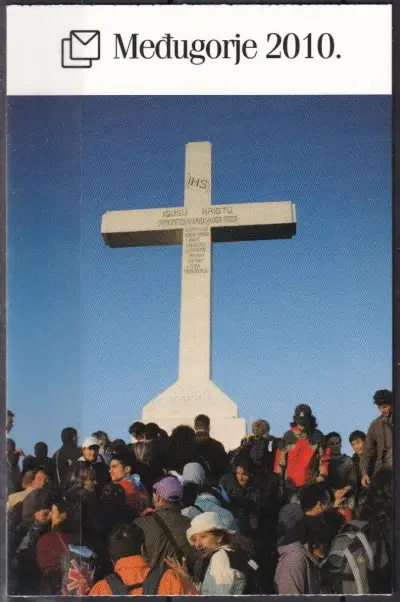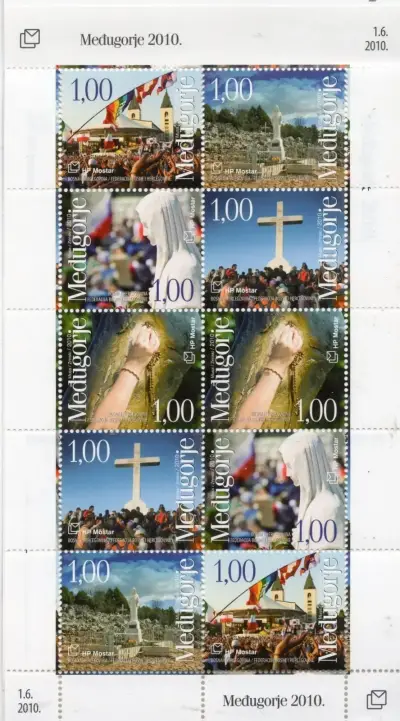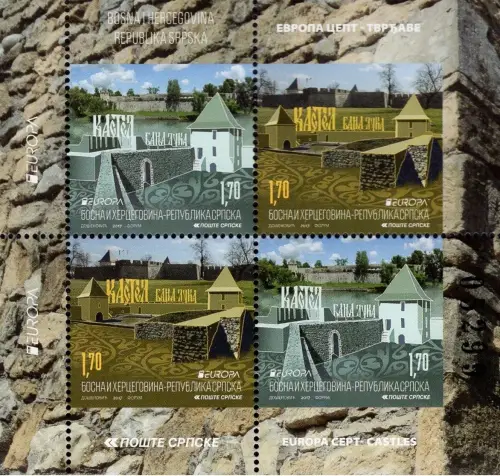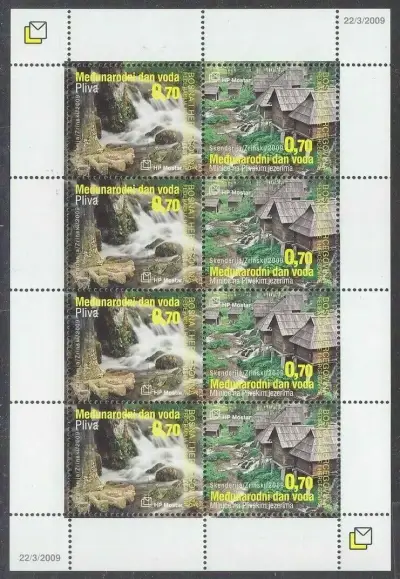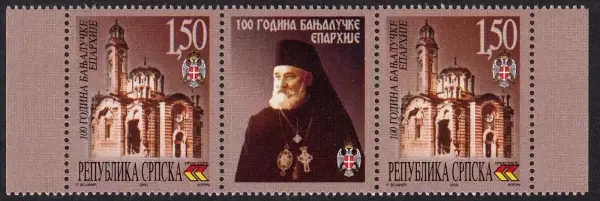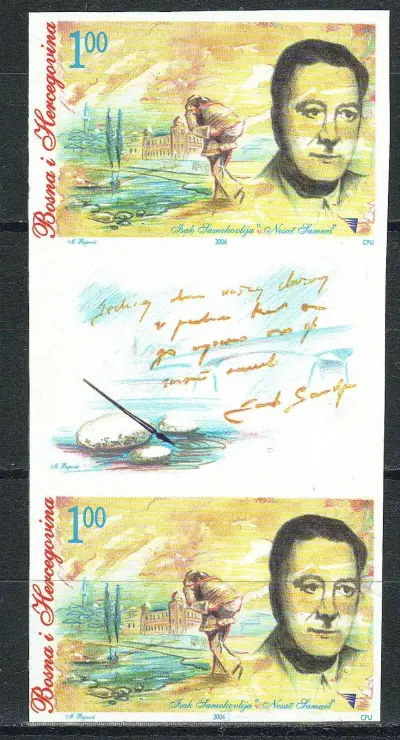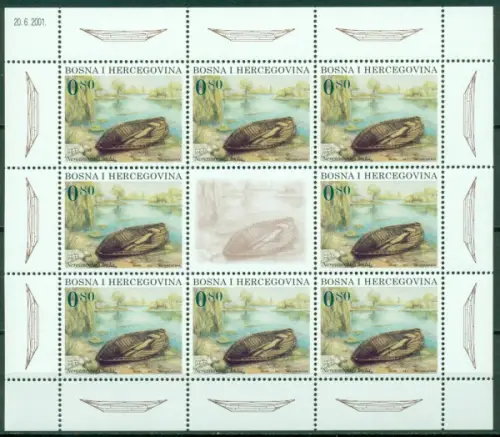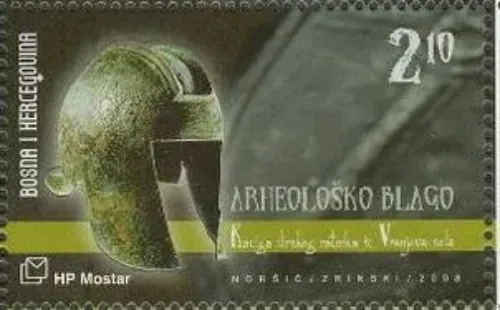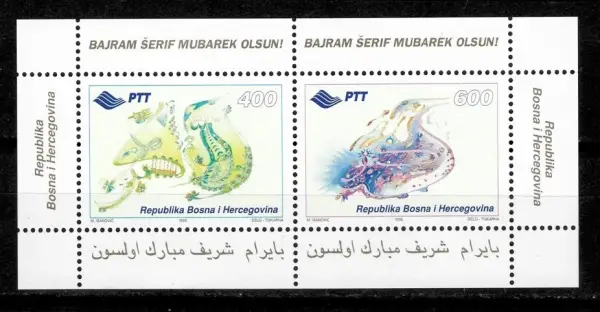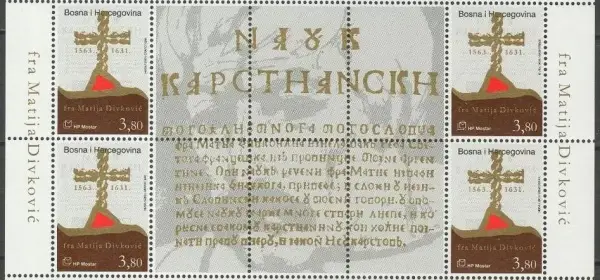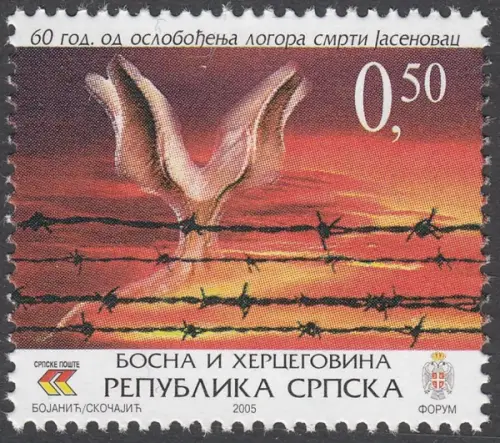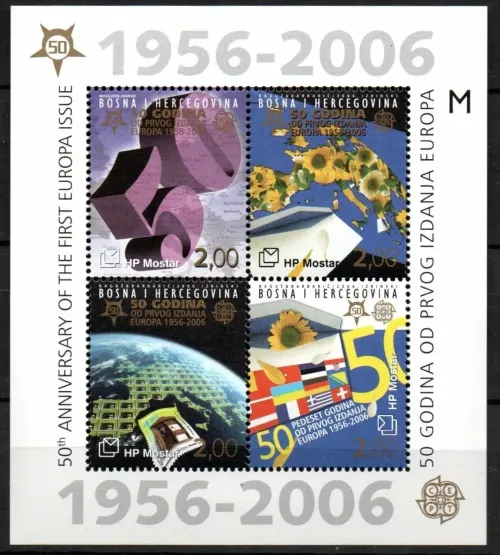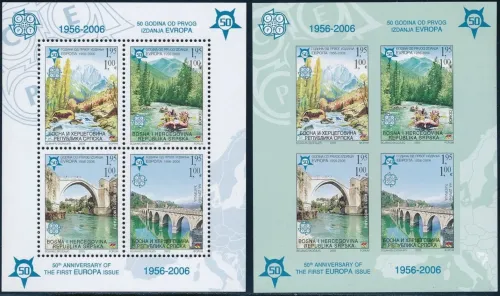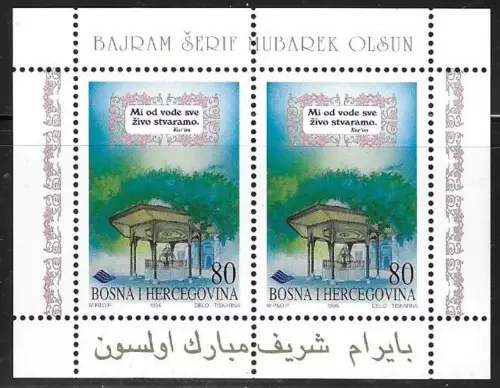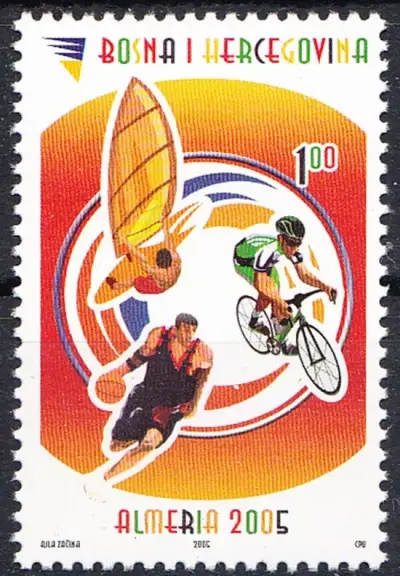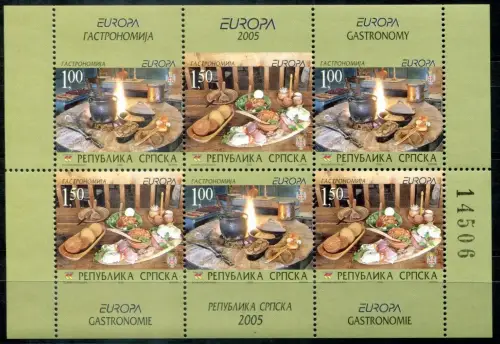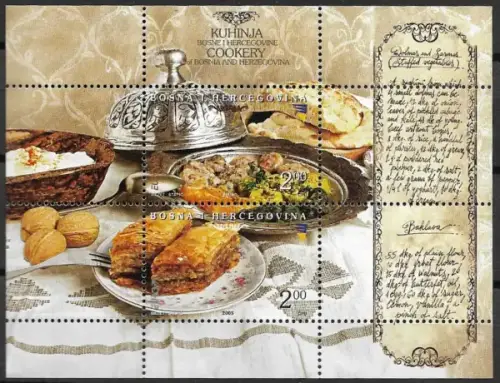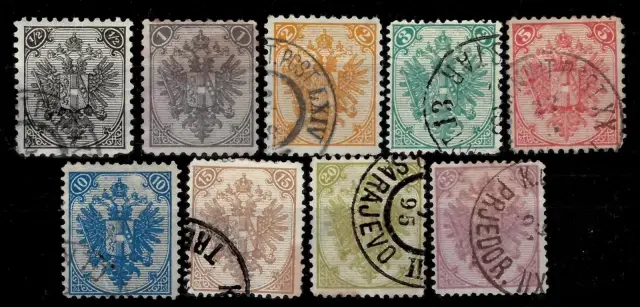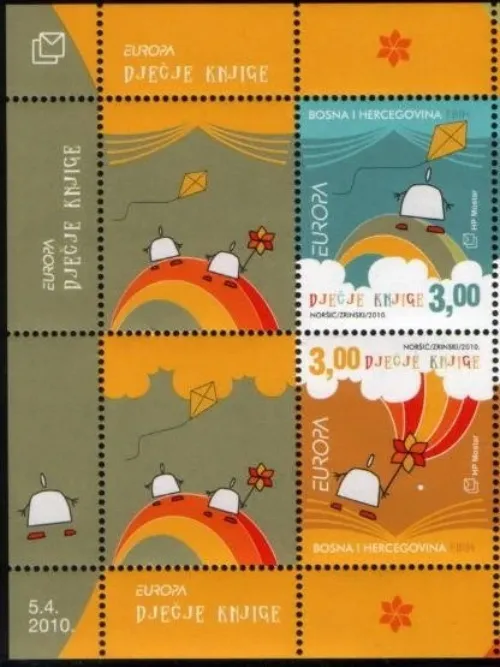Showing 1–30 of 412 resultsSorted by latest
Showing 1–30 of 412 resultsSorted by latest
Bosnia and Herzegovina has a fascinating history of postage stamps due to its complex political and ethnic makeup. Since the country is divided into 3 primary entities, Federation of Bosnia and Herzegovina and Republika Srpska, along with the Mostar post, each region issues its own stamps. This results in a rich and diverse array of stamp designs reflecting the country’s cultural, historical, and ethnic diversity. Here’s an overview of the postage stamps in Bosnia and Herzegovina:
Early History (Austro-Hungarian Rule, 1878–1918)
- Bosnia and Herzegovina’s first postage stamps were issued under Austro-Hungarian rule in 1879. These early stamps featured the coat of arms of the Austro-Hungarian Empire and were issued in various denominations.
- In 1906, a new series was released, depicting local Bosnian architecture and national costumes, which are considered highly collectible today due to their artistic value.
Kingdom of Yugoslavia (1918-1941)
- After the collapse of the Austro-Hungarian Empire in 1918, Bosnia and Herzegovina became part of the Kingdom of Yugoslavia. During this time, stamps for the entire Yugoslav kingdom were issued, often featuring King Alexander and other royal symbols.
- World War II and German Occupation
- During World War II, Bosnia and Herzegovina was occupied by Nazi Germany and its puppet state, the Independent State of Croatia. Stamps from this period featured the Ustaše regime’s symbols and German-occupation imagery, which are often sought after by collectors of wartime postal history.
Socialist Yugoslavia (1945-1992)
- After World War II, Bosnia and Herzegovina became part of Socialist Yugoslavia. Stamps from this period often reflected socialist values, with depictions of Tito, workers, historical anniversaries, and industrial achievements.
- Nature, culture, and historical landmarks across Bosnia were also common themes. Stamps from this era are part of the broader Yugoslav philatelic tradition.
Post-Independence (1992–Present)
After gaining independence from Yugoslavia in 1992, Bosnia and Herzegovina began issuing its own postage stamps. Due to the country’s political structure, stamps are now issued separately by three postal authorities:
Federation of Bosnia and Herzegovina (Pošta Federacije BiH)
- Stamps issued by the Federation often celebrate Bosniak and Croat cultural heritage. Common themes include:
- National symbols: Flags, coats of arms, and significant historical figures.
- Natural landscapes: Stamps depicting Bosnia’s beautiful mountains, rivers, and national parks.
- Cultural events: Music, film festivals, and traditional Bosnian arts and crafts are also featured.
- Religious and historical architecture: Many stamps celebrate Bosnia’s Islamic, Catholic, and Orthodox heritage, such as mosques, churches, and monasteries.
Republika Srpska (Pošte Srpske)
- Republika Srpska has its own postal system and issues stamps with a focus on Serb history and Orthodox Christian culture. Key themes include:
- Serbian historical figures: Saints, writers, and leaders like Saint Sava or Nikola Tesla.
- Serbian Orthodox churches and monasteries: Many stamps depict religious sites, such as the Dobrun Monastery and Tvrdos Monastery.
- Anniversaries and historical events: Stamps often commemorate important dates related to the Serb population in Bosnia and Herzegovina.
- Sports: Republika Srpska occasionally celebrates athletes and sporting achievements, particularly in football, basketball, and tennis.
Notable Stamp Series
Bosnia and Herzegovina’s postal authorities issue stamps across a wide range of themes, including:
- Historical Figures: Stamps commemorating important figures in Bosnian history, from medieval kings to modern political leaders.
- National Parks and Wildlife: Many stamps highlight Bosnia’s natural beauty, featuring wildlife, flora, and scenic views of national parks like Sutjeska National Park and Una National Park.
- Religious Holidays: Religious diversity is often represented, with stamps celebrating Eid al-Fitr, Christmas, and Orthodox Easter.
- Cultural Heritage: Stamps celebrating Bosnian music, dance, literature, and traditional crafts like pottery and carpet weaving.
- Anniversaries of the Dayton Peace Agreement: The peace agreement that ended the Bosnian War in 1995 is commemorated on stamps, celebrating peace and reconciliation.
7. Philatelic Collectability
- Bosnia and Herzegovina’s postage stamps are highly regarded by collectors, particularly because of the variety stemming from its three postal administrations.
- First-day covers (FDCs) from Bosnia and Herzegovina, especially those with special cancellations, are popular among philatelists.
- Joint stamp issues: Bosnia and Herzegovina occasionally participates in joint stamp issues with other countries, particularly to commemorate international organizations, sporting events, and European initiatives.
Conclusion
Bosnia and Herzegovina’s postage stamps reflect the country’s rich and complex history, its ethnic diversity, and its natural beauty. Whether focusing on historical events, cultural icons, or beautiful landscapes, these stamps provide a unique window into the soul of the country. Collectors of Bosnian stamps often enjoy the challenge of gathering issues from all three postal administrations.


